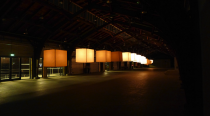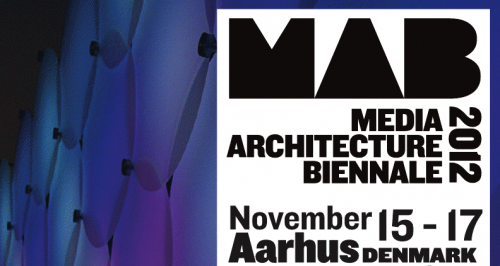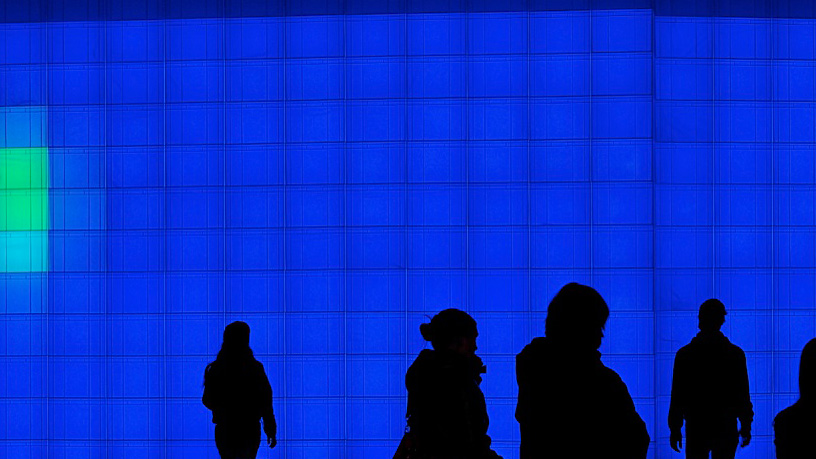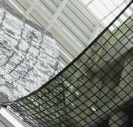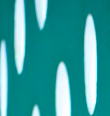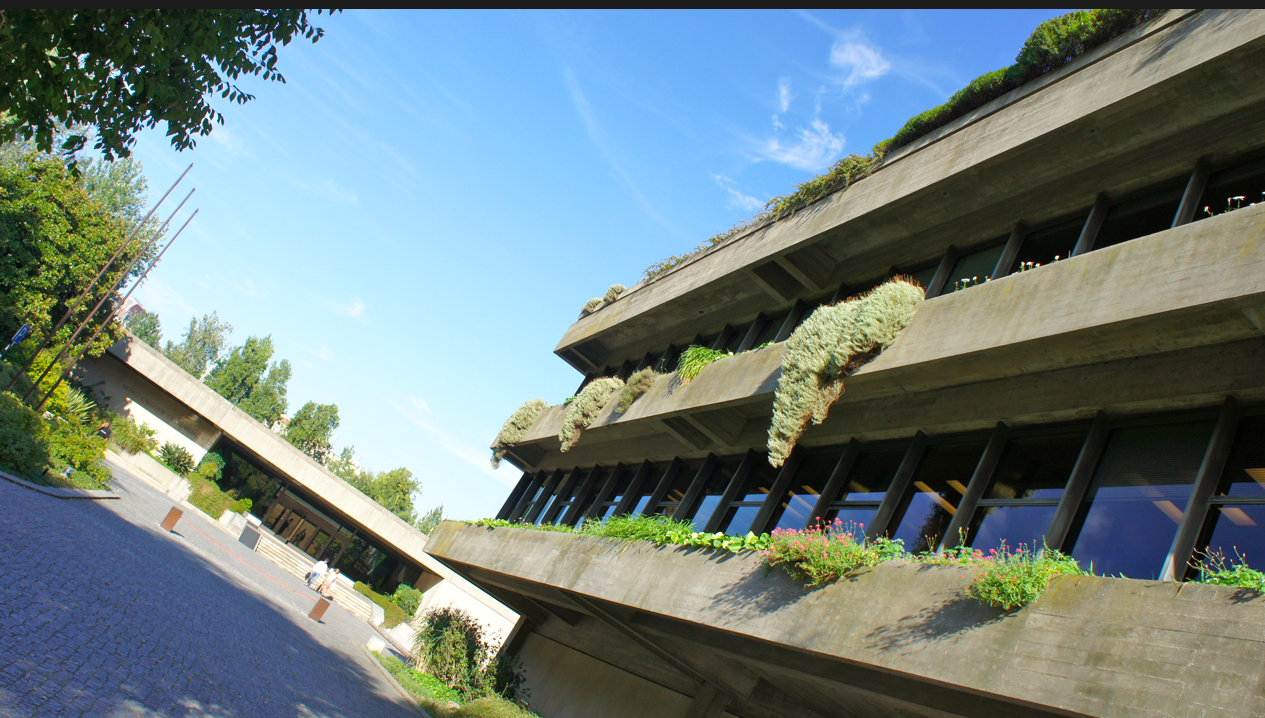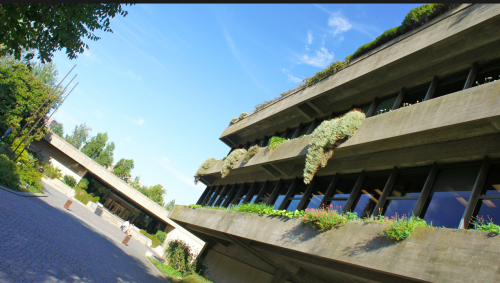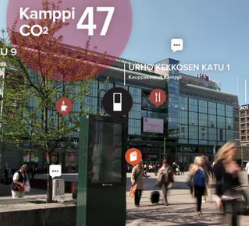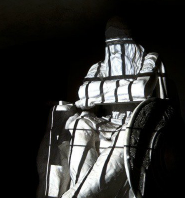[fve]http://vimeo.com/53836483[/fve]
The past three days I have been fully immersed in encounters with media architecture and discussions with the best thinkers and doers in the field at the Media Architecture Biennale 2012. Personally, I love small but very focused event like this; the established stars of the field mingle with up-and-coming researchers and practitioners, and everybody is driven by a burning passion and curiosity. As one of the organizers of the Biennale, I am indebted to all who helped make it happen and grateful for the diverse insights offered, both during invited talks and academic presentations and in all of the in-between discussions and exchanges that are an equally important part of an event like this. Quite a bit has been written and tweeted about the event in our community over the past couple of days (here are the storyfied versions of day 1, day 2 and day 3), and I won’t try to offer a comprehensive summary of the event. Rather, I’ll offer eight considerations that I take with me from the Biennale as a synthesis of all of this input, and which I hope to delve more into in my future work:
1 – Participation (the theme of this year’s Biennale) is indeed a key issue for media architecture, both with regards to the design process and the use situation, and there are many open oportunities and challenges for us to address.
2 – The task of developing methods and approaches for involving people is difficult in the fields of interaction design and architecture, respectively. When you merge the two, the difficulties are even greater – as a researcher, this is fabulous news!
3 – Media architecture can enable us to both read and write the space, and perhaps even alter the script of a space; a big question is how we can make people aware of these opportunities and support them in meaningful ways.
4 – One of our key objectives as thoughtful researchers and designers of media architecture will be to build and explore meaningful alternatives to full-blown money architecture (e.g. advertisement), among other things by informing and involving citizens, public institutions and civic servants of the places we design in, for and with.
5 – Working on a neighbourhood level (in between personal and urban scale) could be a very fruitful way of moving forward and exploring the intersections between interfaces, spatial surroundings and social sensibilities.
6 – There is a massive potential in exploring different modalities and poetics in media architecture than the visual spectacle, and at the Biennale many of the reseach papers as well as keynote presentations point towards ways of doing so.
7 – The notion of architecture as a composition of shearing layers of change (à la Frank Duffy and Stewart Brand) definitely also applies to media architecture; the components of architecture have different life spans and respond to needs, rhythms and situations that change at different speeds, and we have to consider what this means when we develop media architecture.
8 – The support from the municipality, companies and public institutions, combined with the cross-disciplinary academic resources in the area, suggests that Aarhus can be be a great living lab for interactive urban experiments, a Large Media Architecture Collider, in the years leading up to the next Media Architecture Biennale (2014) and the European Capital of Culture 2017, both set in Aarhus.
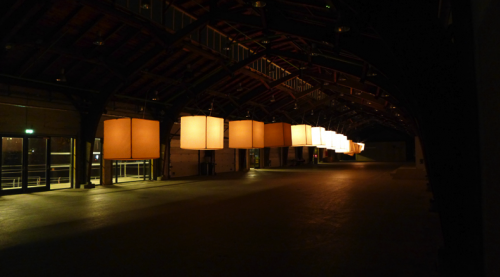
Spine, an installation created for the Biennale by Kollision, CAVI, Mads Wahlberg and Henrik Munch
